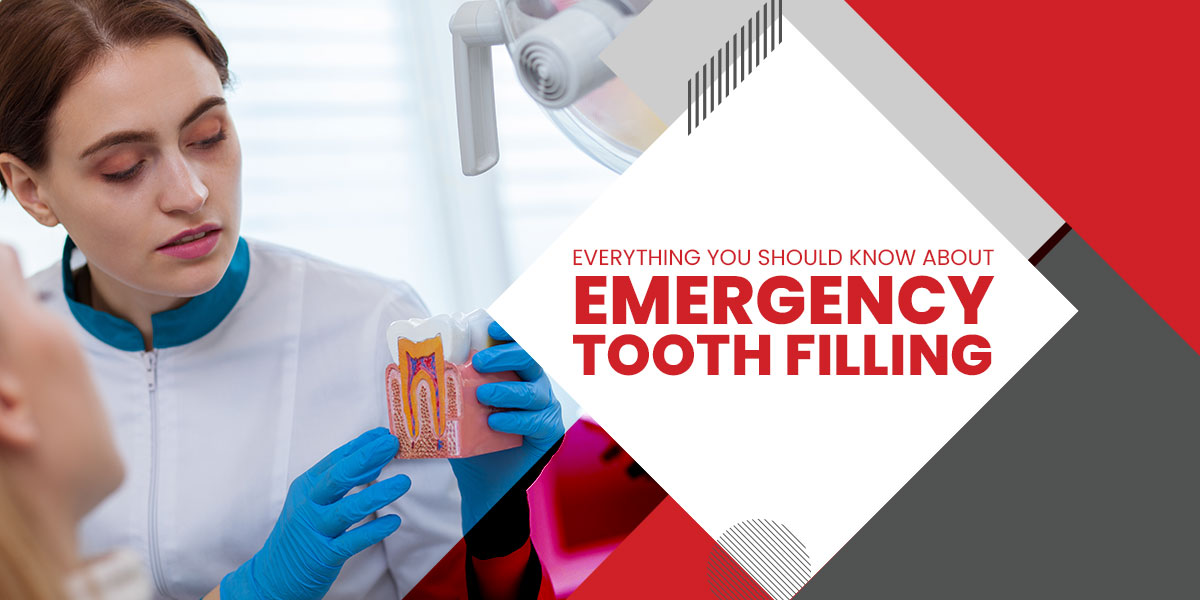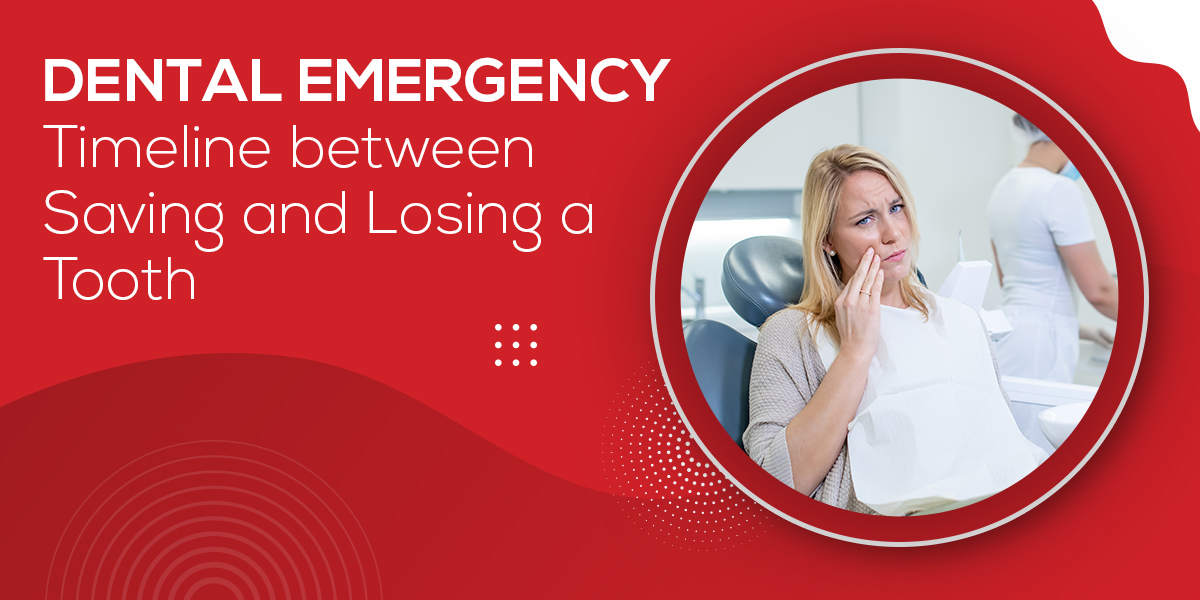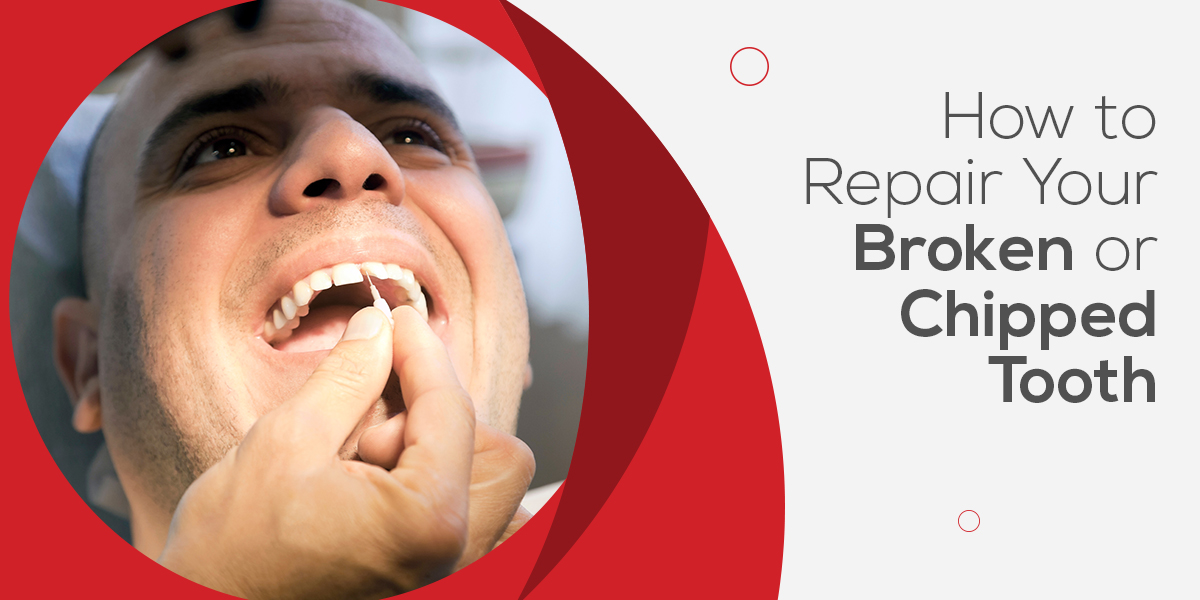
Do you know that tooth decay or cavities can occur due to consuming sugary foods and drinks too often? If you do not brush your teeth efficiently and floss daily, bacteria will accumulate inside your mouth. This can lead to;
- black or brown stains
- visible holes in a tooth
- sensitivity of your teeth
- extreme pain
About temporary fillings
A temporary filling is as it sounds, a temporary solution to restore your damaged tooth. These fillings do not usually last for a long time meaning it is recommended you see a dentist for them to place a permanent one.
When temporary fillings are used?
The dentist may choose temporary fillings under specific situations. The method of putting in temporary filling can be a shorter process than putting in permanent one. If you are suffering from sharp or severe tooth pain, the dentist may choose to place a temporary filling with the aim of getting you out of pain as quickly as possible.
Temporary seal after a root canal
A severely decayed tooth might need a root canal to get rid of bacteria from inside the tooth and save it from extraction. A temporary filling after performing root canal may seal a hole in the tooth. This prevents food and bacteria from getting inside the hole and leading to further oral problems. After some time your dentist may replace the temporary filling with a permanent one.
Temporary medicated fillings
Your dentist might put a medicated filling material inside the tooth if the tooth is extremely sensitive. This will help settle down the nerve and help prevent painful flare ups.
What is temporary filling material made of?
As temporary filling is not meant to last, it is made of soft material which you can remove easily. Some materials may harden when combined with saliva. Some materials used for a filling include the following:
- zinc phosphate cement
- glass ionomers
- Cavit
- intermediate restorative materials
- zinc oxide eugenol
Permanent fillings should match the shade of the rest of the tooth. Whereas temporary fillings are usually in a different colour. This enables your dentist to locate the filling easily when they replace it with a permanent one.
How long will a temporary filling last?
Temporary or semi-permanent fillings usually break down over time. They may crack and fall out due to the softer material they are made from. The exact life span of these filling may differ from one person to the other. However some can last longer than expected.
What is the method for putting in temporary filling?
The procedure of getting temporary filling can be very fast and does not always require the use of anaesthetic.
The dentist will remove the decay using a dental handpiece. They will then apply a type of glue to your tooth followed by the filling material. This material can set on its own or may require the use of a special light to harden.
How to take care of temporary filling
Temporary fillings are less durable than permanent fillings, meaning you must take extra care.
Upon getting the filling, you will be given specific instructions to protect the filling. The dentist may instruct you to avoid eating on that side of mouth for a few hours after the appointment, as it requires time for temporary filling to completely set.
To prevent damage to the tooth, maintaining good oral health is key. A flossing tip is to let go of one end of the floss and pull it out gently, this is a good strategy if you struggle with listing the floss out of the gap.
What to do if the filling falls out
Not all dental fillings will last for a long time, unfortunately a filling may fall out. Some common reasons a filling may fall out include the following:
- Chewing too hard
- Teeth grinding (bruxism)
- Decay around the filling
- Trauma to the tooth or root
- Biting on hard or crunchy foods
- A chemical reaction that loosens bond of the tooth filling
When an emergency tooth filling falls out, you need to call the dentist to schedule an appointment. It is important to protect the tooth as much as you can until you see a dentist.
What you should do when your filling gets loose
If your filling becomes loose or falls out, you need to replace it quickly. Here are the steps you should take:
- Visit your dentist as soon as you can. Inform the dentist if you feel If you cannot be seen immediately, then ask for suggestions to protect your exposed tooth from further damage.
- Gargle with warm salty water to help keep your mouth clean and get rid of food debris from the tooth. Combine ½ tablespoon of salt and one cup of hot water. Gargle for a few seconds to kill bacteria that may damage the exposed tooth.
- Avoid chewing on that area
What you should do if you are in extreme pain
When you need to wait for one or two days before seeing your dentist and you are in great pain, consider the following things:
- Take over-the-counter anti-inflammatory drug like ibuprofen to lessen the swelling and pain
- Put clove oil on the exposed tooth and gum.
- Use a cold compress or ice pack for 15 minutes at a time to ease the swelling and pain
- Apply a topical numbing agent to numb the tooth and gums temporarily.
In conclusion, temporary fillings are a great way to protect damaged teeth whilst waiting for a permanent filling. Returning to the dentist to obtain a permanent filling will protect your tooth from further decay and infection. By typing into Google search, “emergency filling near me” you should be able to find a dental clinic in your area and get the treatment done successfully.





